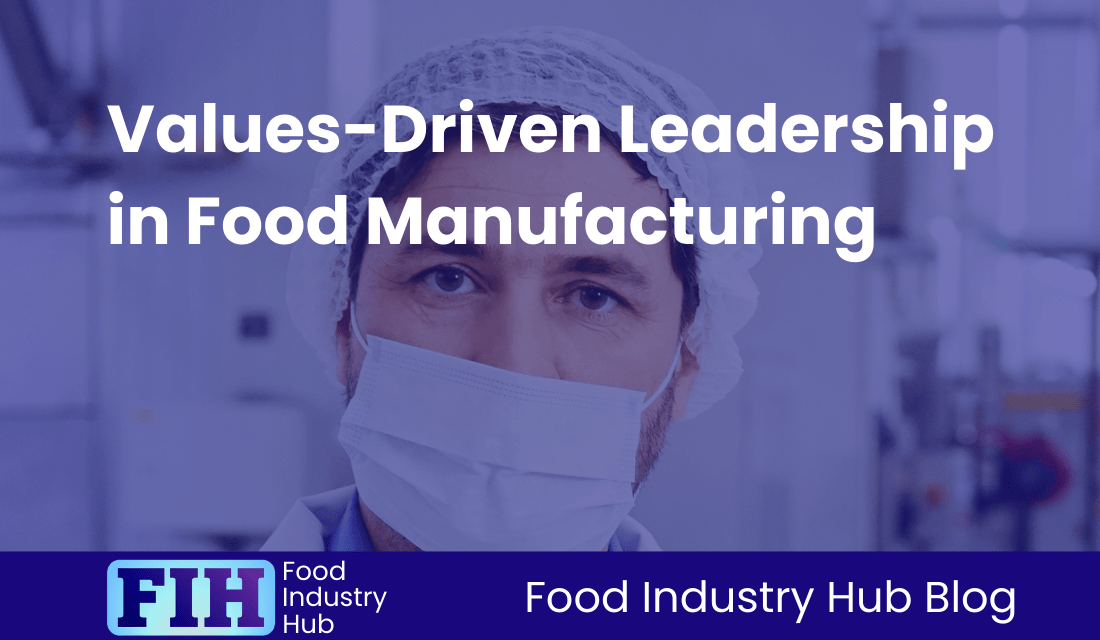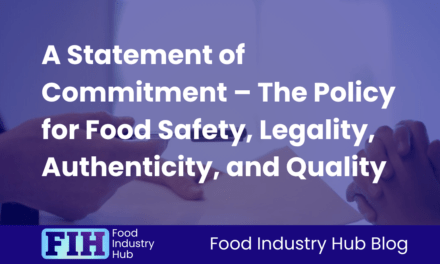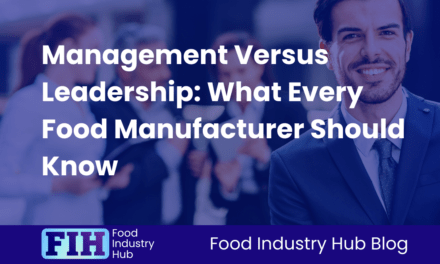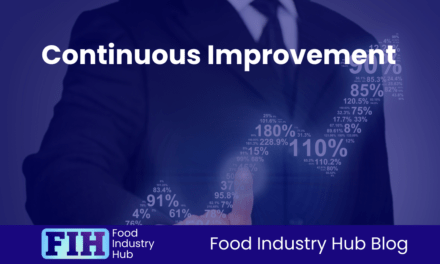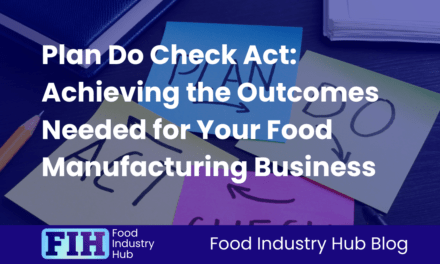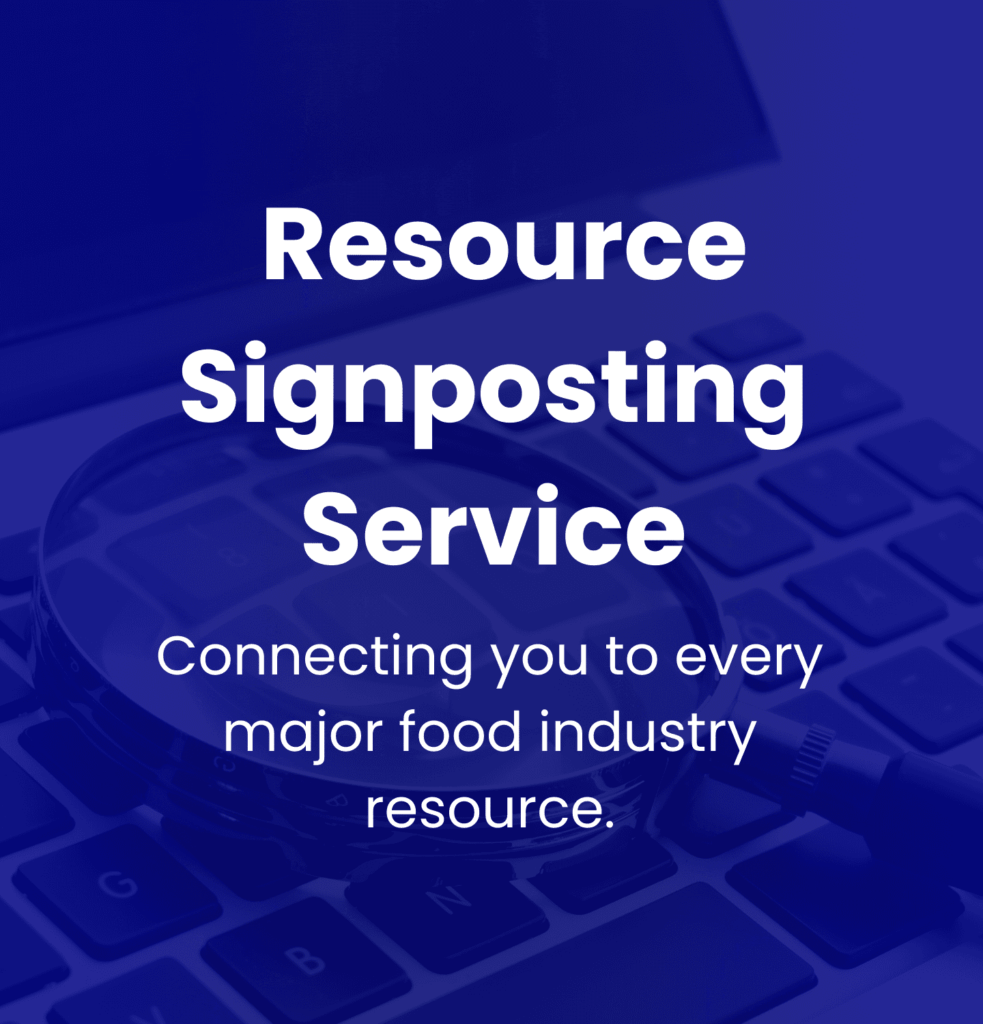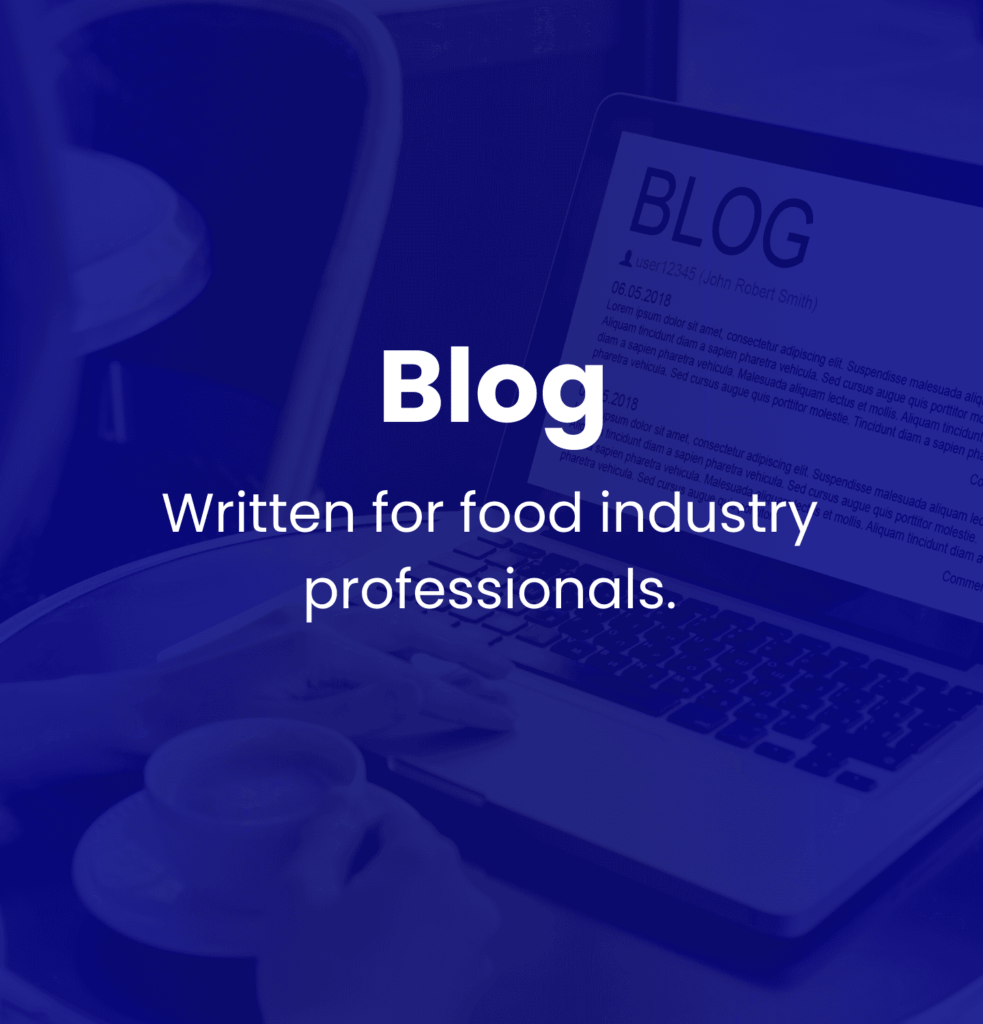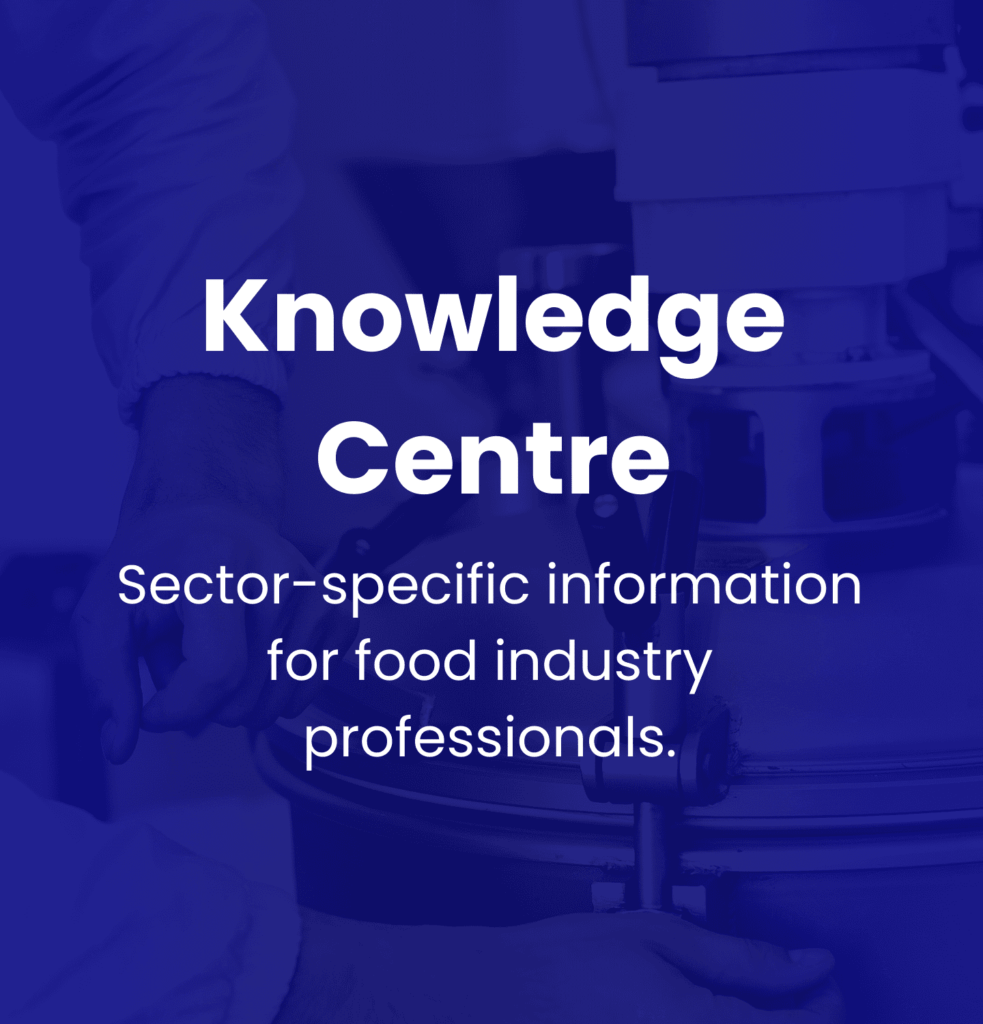Introduction
Maintaining a strong commitment to food safety and quality has become more important than ever.
As a senior leader, you have the unique ability to shape the culture of your organisation and influence the values that guide your team. When you prioritise safety and quality in every decision, you not only ensure compliance with regulations but also build trust with your customers. This trust is crucial in a market where consumers are increasingly concerned about the safety and integrity of the products they purchase.
Table of Contents
Key Takeaways
- Prioritising food safety and quality is not just a regulatory requirement; it is a pathway to building a sustainable and successful business. By making values-driven decisions, you establish a culture where safety and quality are integral to every action. This consistency lays the foundation for a cohesive organisational identity that resonates with both employees and consumers.
- Proactively allocating resources demonstrates your commitment to food safety and quality assurance systems. By investing in the right financial and human resources, you empower your team to achieve the highest standards, ensuring that your organisation remains resilient in a competitive market.
- Setting specific food safety and quality objectives drives your business toward excellence. These objectives promote continuous improvement and ensure that everyone understands their role in achieving shared goals. Aligning these objectives with your company’s values reinforces a unified approach to food safety and quality across all operations.
- Establishing clear KPIs and reporting structures provides the necessary framework to measure performance effectively. By clearly defining what success looks like and ensuring objectivity in measurement, you signal the importance of accountability and transparency in your organisation.
- As a leader, being a role model sets the standard for acceptable behaviour within your team. When you embody the values you wish to see, you create an environment where employees feel inspired to uphold the same high standards.
- Clear, consistent, and frequent communication of your values builds a strong organisational culture. This transparency reduces ambiguity and encourages everyone to align their actions with the company’s mission of safety and quality.
- Leveraging food safety and quality as the basis for commercial success creates brand value that drives customer acquisition and retention. A reputation built on safety and quality not only attracts new consumers but also fosters loyalty among existing customers.
- Encouraging transparency and accountability throughout your organisation nurtures trust and engagement. When employees feel empowered to share concerns and take ownership of their roles, you build a culture dedicated to continuous improvement and excellence.
- By embracing these principles, you position your organisation as a leader in food safety and quality, ensuring long-term success and a commitment to the well-being of your customers and the community.
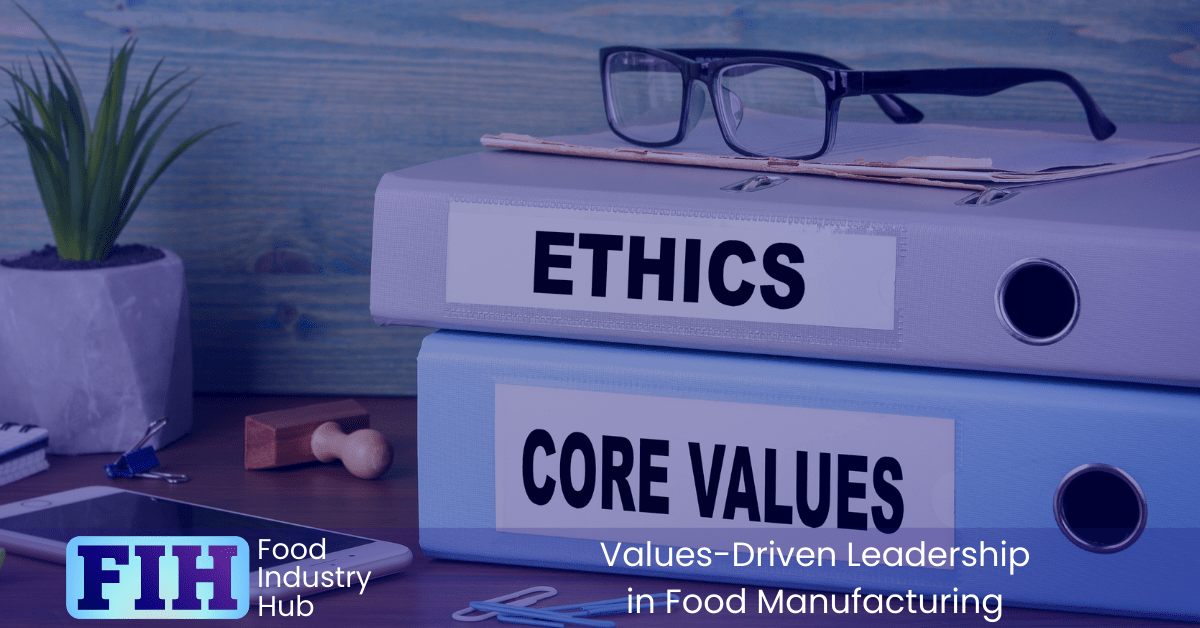
Food Industry Hub Management Systems can significantly boost the effectiveness of your food safety and quality management system, leading to improved confidence and elevated quality assurance throughout your operations.
Make Values-Driven Decisions to Promote a Culture of Food Safety and Quality.
As a senior leader, you set the standard for a culture that prioritises food safety and quality. Building this culture requires that every decision you make reflects the business’s core values, ensuring consistent application of safety and quality standards. When you embed these values into all aspects of decision-making, you send a clear message across the organisation: food safety and quality are non-negotiable priorities, not just objectives to check off. Sustained consistency reinforces a strong culture where everyone —from leadership to frontline teams— understands and upholds these ideals.
A cohesive expression of values across all levels of management is key to building trust and aligning your team’s efforts. When every leader communicates and acts based on the same guiding principles, it strengthens the sense of purpose and unity within your organisation. By applying values consistently, you cultivate an environment where each employee feels a personal stake in food safety and quality, driving a collective commitment to high standards and ethical practices.
In consistently demonstrating these values, you also help establish a credible organisational identity. When your actions reflect genuine, customer-centric ideals, your brand gains authenticity and trust. Customers today want to know that the companies they buy from prioritise their well-being, safety, and the quality of products offered to them. By championing these values in a visible, authentic way, you shape a brand identity that resonates with both your team and your customers.
Values-driven leadership builds a reputation that not only ensures compliance and risk management but also instils confidence in your customers. When they see a clear, values-based approach at the core of your operations, they’re more likely to view your brand as trustworthy, reliable, and committed to their safety. This values-centric approach becomes a lasting asset, forming the foundation for a resilient organisation that customers can trust.
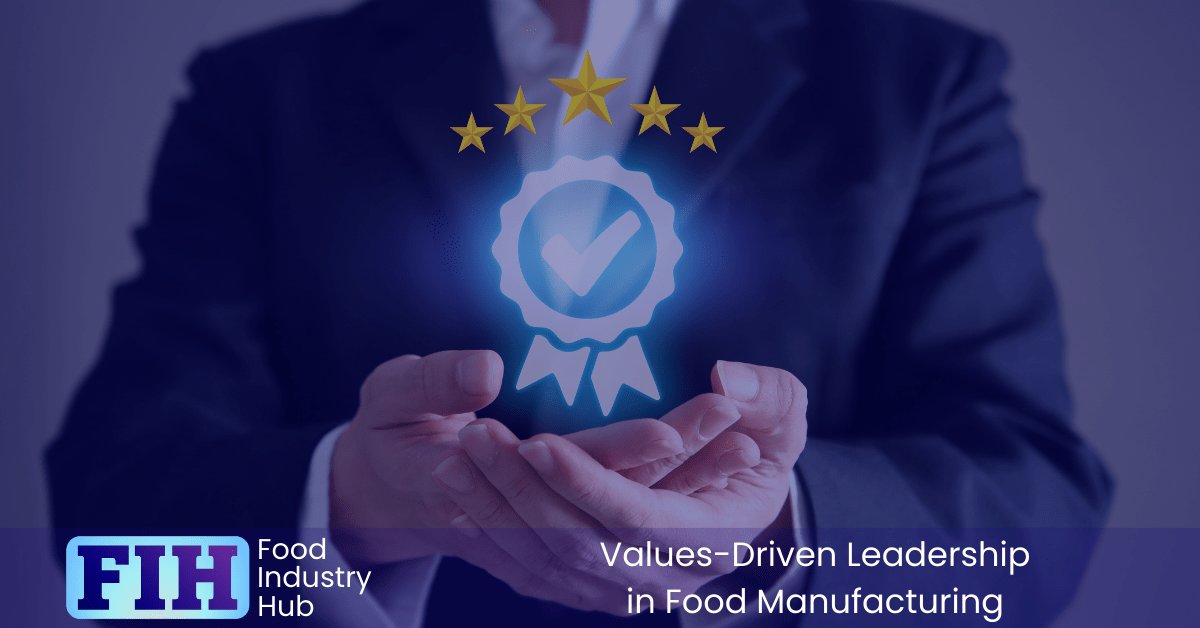
Allocate Resources Proactively in Support of Food Safety and Quality Assurance Systems.
As a senior leader, proactively allocating resources is one of the strongest demonstrations of your commitment to food safety and quality. When you make the deliberate choice to invest in these areas, you send a clear message across the organisation that safety and quality aren’t optional—they’re core values. By ensuring that financial and human resources are dedicated to food safety and quality assurance systems, you establish credibility and reinforce that these priorities hold real, strategic value.
Allocating the necessary financial resources is a concrete signal that safety and quality are highly valued by leadership. When employees see these investments in action, they understand that the company is serious about maintaining high standards and meeting its safety and quality goals. If money is the language of business, dedicating funds to food safety and quality assurance is the truest expression of an organisation’s commitment to its values. This proactive approach is a promise that the business will not compromise on standards, even in challenging times.
Human resources are just as essential to the success of food safety and quality programs. By ensuring the right level of staffing and skills, you not only demonstrate commitment but also a realistic understanding of what’s required to achieve these objectives. Proper staffing supports effective implementation of quality systems, thorough monitoring, and swift action when issues arise. This level of support shows employees that the company is not simply stating its commitment but is actively creating an environment where food safety and quality can be achieved.
The proactive allocation of resources becomes a visible commitment to customers, employees, and stakeholders. It reassures them that the organisation’s values are more than statements—they’re backed by tangible action and investment. This approach builds trust, enhances credibility, and aligns the entire organisation toward a shared commitment to excellence in food safety and quality.

Establish Food Safety and Quality Objectives that Drive Your Business Toward Higher Standards.
Setting specific food safety and quality objectives is essential to elevating standards across your business. Clear, detailed objectives provide everyone in the organisation with a tangible sense of purpose, outlining what’s needed to safeguard product integrity and protect consumer health. Specificity not only prevents ambiguity but also makes it easier to measure progress, identify areas for improvement, and hold teams accountable. When objectives are precise and actionable, they become powerful tools for achieving consistent results.
Well-defined food safety and quality objectives also drive a culture of continuous improvement. By regularly evaluating and updating these goals, you encourage your team to seek ways to enhance safety protocols and elevate quality benchmarks over time. This commitment to continuous improvement keeps everyone focused on raising standards, promoting a proactive mindset that contributes to the organisation’s long-term success.
Relevancy is key for objectives to have a real impact throughout the organisation. Food safety and quality goals should be directly applicable to day-to-day operations, influencing decisions at every level. When objectives are meaningful and practical, they motivate teams to integrate safety and quality considerations into every stage of production. This relevancy ensures that these goals are not sidelined but instead drive consistent, value-based action across the business.
Food safety and quality objectives must align with the company’s core values. Objectives rooted in the organisation’s values underscore the importance of integrity and accountability, providing a common foundation for everyone to work from. By setting objectives that reflect these values, you create alignment across teams, allowing food safety and quality to become natural extensions of your company’s mission. In doing so, you help ensure that the organisation continuously aspires to reach higher standards, building a legacy of trust and reliability.

Sign-up for the Food Industry Hub Mail Service
We regularly produce new content for food industry professionals, and the Food Industry Hub Mail Service is the best way to stay up to date with the latest additions.
Signup today to be added to the Food Industry Hub mailing list.
Establish KPIs and Reporting Structures that Emphasise Food Safety and Quality.
Establishing key performance indicators (KPIs) and robust reporting structures is essential for effectively measuring performance against your company’s food safety and quality objectives. KPIs provide concrete metrics that allow you to track progress and identify areas for improvement. By aligning these indicators with your specific objectives, you create a clear framework for evaluating how well the organisation meets its safety and quality standards – enabling informed decision-making at all levels.
The design of your KPIs and reporting structures also sends a powerful signal about your company’s values. When you prioritise food safety and quality across these metrics, you communicate that these areas are not just administrative requirements but fundamental principles guiding the organisation. Alignment of values and performance metrics reinforces a culture where safety and quality are woven into the fabric of daily operations, encouraging employees to take ownership of these values throughout their work.
For KPIs to be effective, they must have clearly defined significance and trigger responsive actions in the event of adverse performance. It’s crucial that teams understand what each KPI measures and why it matters, so they can act swiftly to address any deviations from expected performance. This proactive approach encourages accountability and ensures that potential issues are identified and resolved before they escalate, supporting a culture of continuous improvement.
Objectivity is another important component of KPI measurement and reporting. Establishing clear, standardised methods for tracking performance ensures that results are consistent and reliable. Objectivity not only enhances the credibility of your reporting but also builds trust among employees and stakeholders. When everyone has confidence in the data, it promotes a collaborative approach to maintaining high standards in food safety and quality, empowering teams to work together towards shared goals.

Be a Role Model for the Type of Behaviour You Want from Others.
As a senior leader, leading by example is one of the most powerful ways to demonstrate your commitment to the values of food safety and quality. When you model the behaviours and attitudes you expect from your team, you provide an authentic expression of the values that underpin the organisation. This not only reinforces the importance of these values but also promotes an environment where employees feel empowered to adopt similar behaviours in their work.
Role modelling is highly effective in signalling the attitudes and behaviours that align with your company’s culture of food safety and quality. When employees observe you prioritising safety protocols and quality standards in your daily actions, it communicates that these practices are essential to the organisation’s success. This clear alignment between leadership behaviour and organisational values helps create a strong foundation for a culture where food safety and quality are everyone’s responsibility.
Your actions as a senior leader set the standard for what is acceptable within the organisation. When you demonstrate a commitment to upholding safety and quality standards, you encourage employees at all levels to do the same. This influence shapes the overall culture, making it clear that adherence to food safety and quality measures is not just a requirement but a shared value that everyone is expected to embrace.
Consistency of action is essential for establishing a coherent cultural identity. When your behaviour aligns consistently with the company’s values, it strengthens the message that food safety and quality are integral to the organisation’s mission. This coherence builds trust among employees, as they recognise that their leaders are genuinely committed to these principles. By embodying the behaviours you wish to see, you create a powerful legacy that reinforces a culture of excellence in food safety and quality.

Communicate Clearly, Consistently and Often.
Clear and consistent communication is essential for building a culture focused on food safety and quality. When you articulate your values clearly, you provide everyone in the organisation with a shared understanding of what those values mean in practice. Clarity creates a unified approach to food safety and quality, ensuring that every employee knows what is expected and what the goals are.
Open communication helps reduce ambiguity and confusion within the food manufacturing business. When team members understand the organisation’s values and how they apply to their daily tasks, it leads to alignment between individual beliefs and collective objectives. This connection creates a strong sense of community, where employees feel part of the mission and are empowered to make decisions that support food safety and quality.
Effective communication also encourages values-led behaviours at all levels of the organisation. By regularly emphasising the importance of safety and quality, you motivate employees to reflect these values in their work. Ongoing updates, training sessions, and feedback keeps the conversation about food safety and quality alive, creating an environment where employees feel supported in maintaining high standards.
Setting expectations and standards for decisions and behaviours relies on proactive communication. By clearly outlining what is expected, you establish a framework for decision-making that aligns with the organisation’s values. This approach helps prevent misunderstandings and empowers employees to take ownership of their roles, knowing they have the guidance needed to make choices that reflect the company’s commitment to food safety and quality.

Use Food Safety and Quality as the Basis for Commercial Success.
Maintaining high standards not only creates brand value but also preserves it over time. When you prioritise food safety and quality, you build a strong reputation that distinguishes your products from the competition. This commitment signals to consumers that your brand is reliable and trustworthy, which is crucial for long-term success.
Customer acquisition and retention are closely linked to your reputation for safety and quality. In an era where consumers are increasingly conscious of what they eat, they look for brands that prioritise their well-being. By consistently delivering safe, high-quality products, you attract new customers and keep existing ones loyal. When consumers know they can depend on your brand, they are more likely to choose your products over others, leading to sustained growth and profitability.
Consumer loyalty hinges on a perception of food safety and quality. A single incident can undermine years of trust, while a commitment to excellence builds strong relationships with your customers. When people perceive your brand as synonymous with safety and quality, they become advocates, sharing their positive experiences and further enhancing your reputation. Conversely, lapses in safety or quality can quickly erode that trust, demonstrating how critical these factors are to maintaining customer loyalty.
Ultimately, brand equity stands as one of your business’s most valuable assets. A strong reputation for food safety and quality contributes significantly to brand value, influencing consumer choices and driving sales. By making food safety and quality central to your commercial strategy, you not only protect your brand’s reputation but also position your business for long-term success in a crowded marketplace.
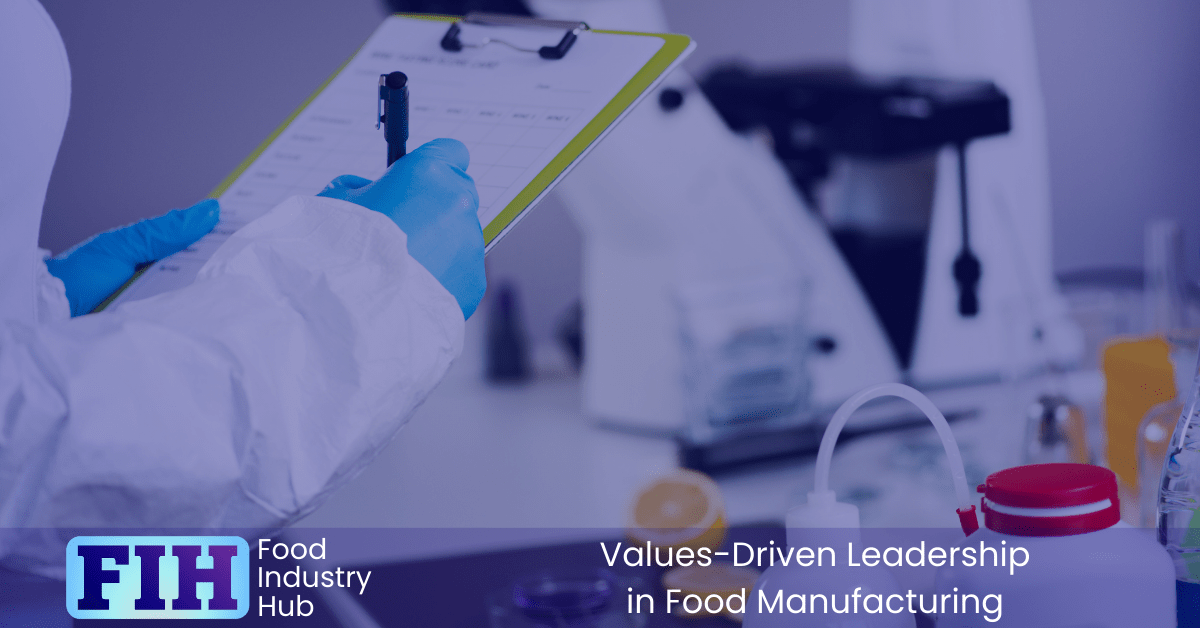
In Summary
Prioritising food safety and quality is essential for building a resilient and successful organisation. By making values-driven decisions, you establish a culture where safety and quality are woven into every action. Proactively allocating resources signals your commitment to these principles, empowering your team to meet and exceed industry standards. Setting specific objectives and establishing clear KPIs creates a roadmap for continuous improvement, while transparent communication fosters alignment and engagement across all levels of your organisation.
As a leader, your role in modelling the behaviours you wish to see in others is critical to your success. When you demonstrate a genuine commitment to food safety and quality, you inspire your team to uphold these values. Encouraging transparency and accountability nurtures trust, allowing employees to feel empowered to share concerns and take ownership of their responsibilities. By embracing these principles, you not only position your organisation as a leader in food safety and quality but also ensure lasting success and a positive impact on your customers and the broader community.
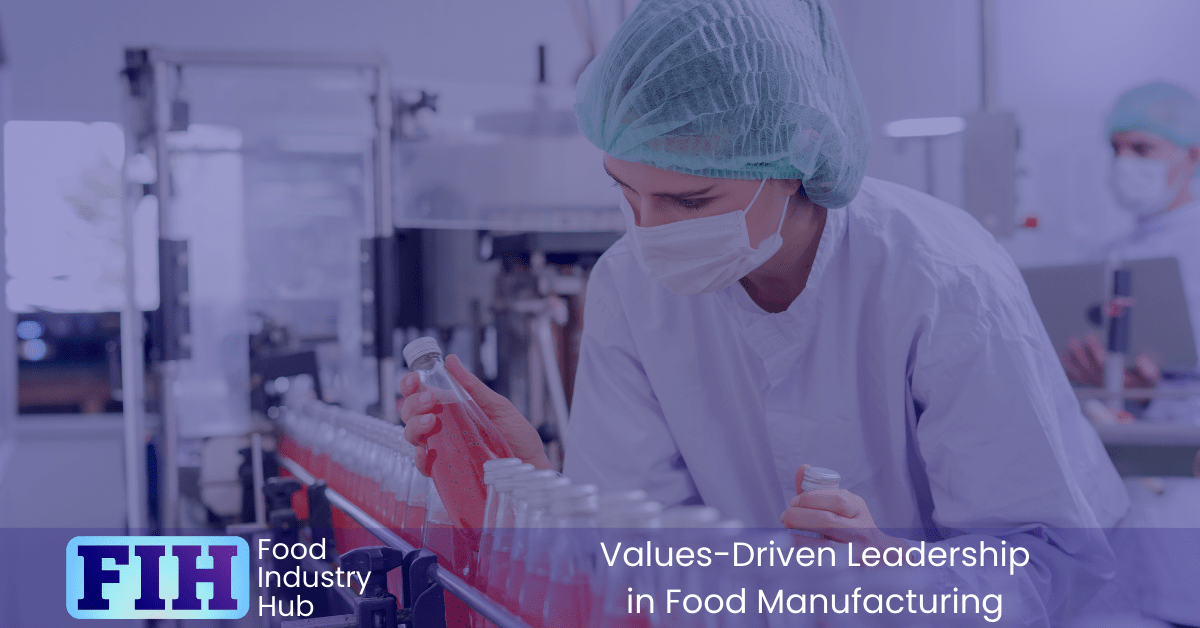
Further Resources
Food Industry Hub serves the food industry with a range of digital resources for the benefit of both commercial food manufacturers and food industry professionals.
For food manufacturers, we offer integrated management systems that give every user a direct interface with your QMS.
For food industry professionals, we provide an extensive signposting service in addition to informational content we hope you’ll find useful as you face new professional challenges. We have very ambitious plans to expand the range of services offered, and currently present informational content on management, safety and quality, food safety and quality culture, and professional success.

